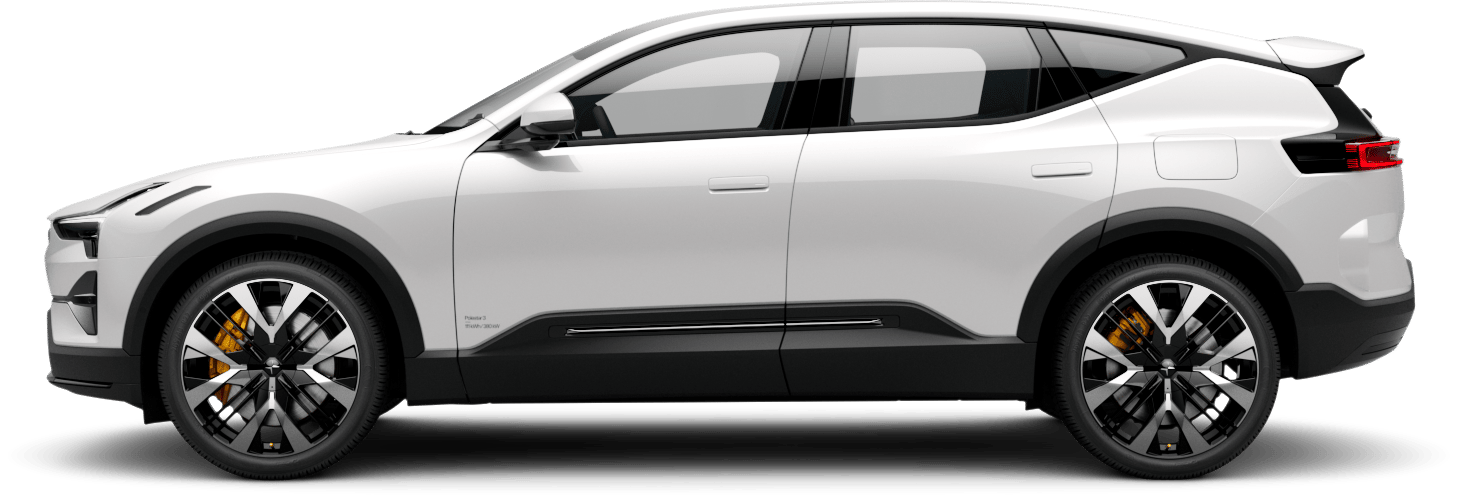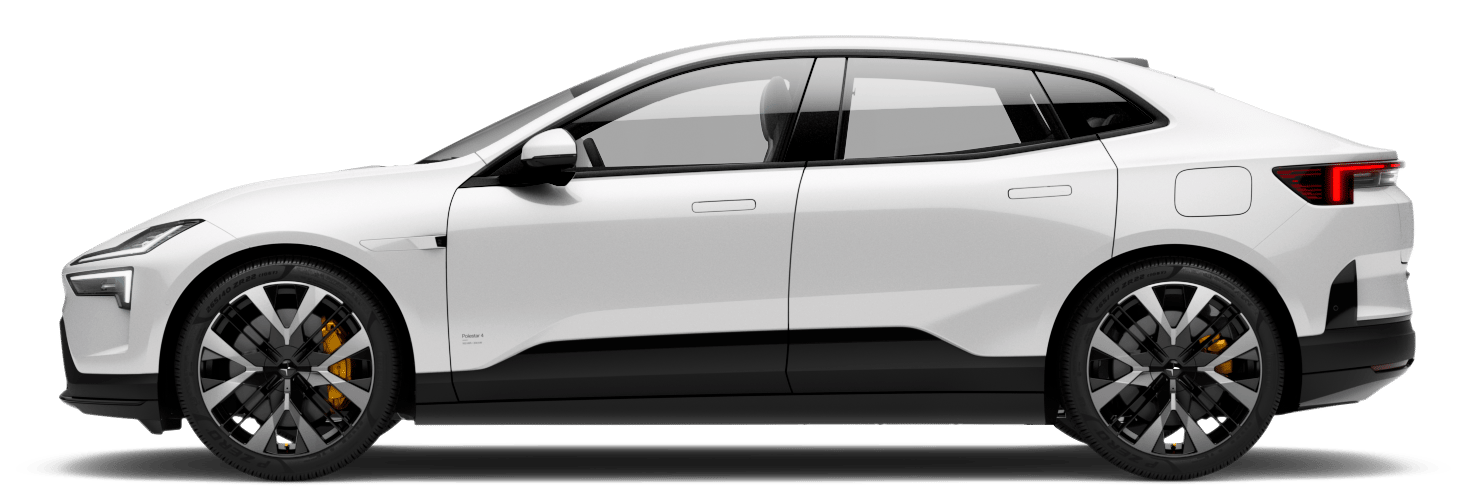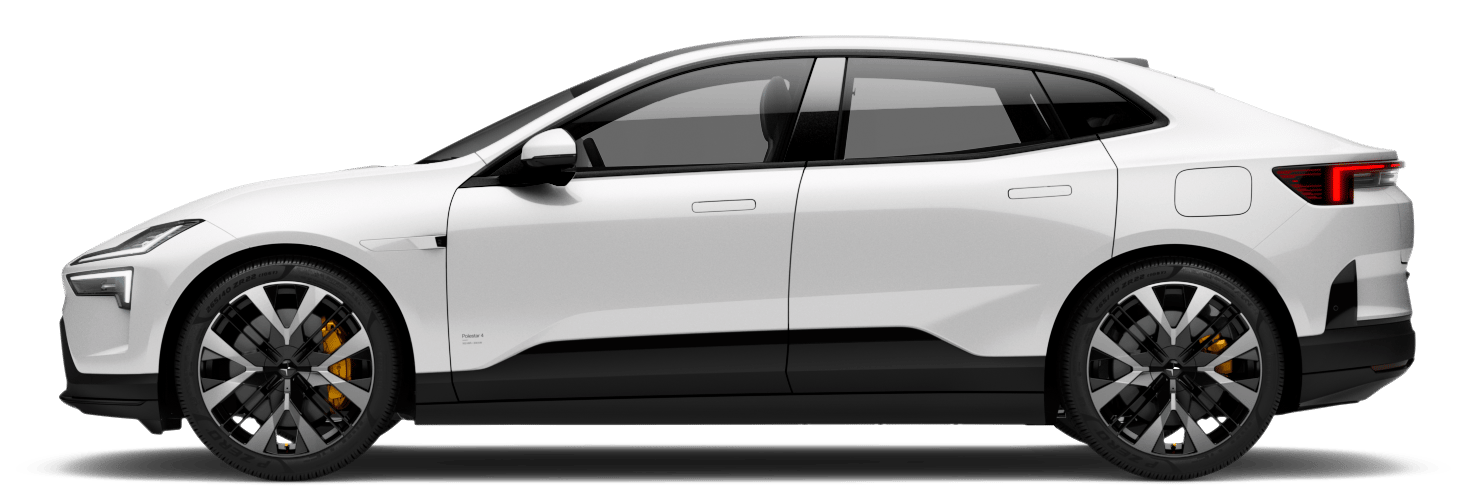The art of recycling: EV batteries
Lithium-ion batteries are state-of-the-art power sources for EVs and other portable electronic devices. And as our battery powered universe keeps on rapidly expanding, the questions around how to recycle them does the same. It’s about more than just reusing materials and components. Different methods and people are involved in the process. It’s complex, interesting, and important. It is, in other words, an art. And like all art, it’s made to be examined.

The process of modern li-ion battery recycling is already quite advanced, maintaining a relatively high standard globally. Given that the EU’s recycling regulations are the most stringent ones, Polestar has applied them as a baseline. As we design our batteries to meet these regulations, all countries will be expected to adhere to the same standards, regardless of local regulations.
The legislation of end-of-life batteries are currently under review in the EU. New regulations will result in a tougher battery directive and ensure that batteries (in the EU market) are sustainable and safe throughout their entire life cycle. These regulations are expected to come into effect in 2023.
This will put some much needed pressure on manufacturers, producers, importers, and distributors of batteries, as well as consumers and recyclers. The focus lies on traceability and transparency while targeting limiting Battery Management Systems (a system used for protecting the battery from operating outside of its safety margins). This will also result in greater pressure on the efficiencies of recycling techniques, material recovery, collection, and the use of recycled materials.
But it’s not only EU that is looking into new policies for battery recycling. China’s Ministry of Industry has published guidelines for recycling facilities for EV batteries. First published in 2018, they include producer responsibility (the vehicle manufacturers themselves) and a traceability management platform. In 2021, additional policies were introduced which included a five-year plan with a focus on lifecycles of electric transports and circularity, reuse of batteries, full life-cycle traceability management, and increased support for recycling networks, traceability, and recycling technology.
In North America, the federal, state, and local governments have authority over lithium-ion battery disposal and recycling. And although battery management regulations have become more common, there are no specific policies that mandate the recycling of lithium-ion batteries. This means that individual states or localities can establish their own guidelines for battery disposal.
Before any recycling can take place, the battery first has to be removed from the vehicle. Once removed, the battery must be completely discharged and made safe to handle. Discharging can be performed through different methods such as thermal pre-treatment, salt-water baths, and controlled discharging through external circuits. When discharging a battery, the remaining electricity is extracted and sent to the grid or put to use in the facility itself, with nothing going to waste.
After discharging the battery, the dismantling part of the recycling process occurs, which is done manually. This is where all the different components surrounding the battery, such as wires, connectors, cooling systems, and so on are removed to reveal the battery cells. Once revealed, mechanical pre-treatment is used to repeatedly shred the battery. The shredding creates a powdery mixture which is then sieved to generate what’s known as black mass. Black mass contains minerals such as cobalt, lithium, manganese, and nickel, which can be used for future batteries once chemically processed.
When extracting minerals through pyrometallurgy the entire battery (or a dismantled battery) is put into a furnace of 1000 °C to generate alloys, matte and slag which can then be processed. Another technique that’s commonly used for extracting minerals is thermal treatment. Here the battery is heated to 100-500 °C which results in very few material losses and increases the extraction of nickel, cobalt and maganese. This method can be performed both before and after the mechanical pre-treatment. Lastly, there is hydrometallurgy, often occurring as the final step. Through this method, pure substances can be extracted by adding different solvents like acidic solutions.
Some companies only do the initial shredding or de-electrification. Others do either pyrometallurgy, thermal treatment or hydrometallurgy. That’s why there are many different companies involved in the recycling loop.
Many recycling companies are currently investigating and investing in the combination of thermal and mechanical treatment, since it is forecasted to be the next breakthrough in battery recycling. These new battery regulations could also see the creation of a document that will add transparency to the battery recycling process: a battery passport. This passport will essentially be a way for any end-of-life dismantlers or recyclers to see the exact parameters of the battery. It is a digital representation of the battery’s life that includes information about its minerals and where they were sourced, where the battery was manufactured, and how to eventually recycle it.
Due to EV batteries longevity and the relative newness of the EV market, waste streams from consumer electronics are an important source for battery recycling. Currently, only a small portion of the electronic waste generated each year is collected and properly recycled. The batteries inside these devices contain the same minerals as EV batteries do. Recycling the batteries found in old electronics would not only be good for the environment. It would also contribute much needed minerals towards the making of future batteries.
As an individual, one can contribute to the making of future batteries by recycling old ones. And as an industry, we have to do everything within our power to make the recycling process as sustainable and efficient as possible.
The recycling of batteries is indeed an art. One we can all appreciate.









